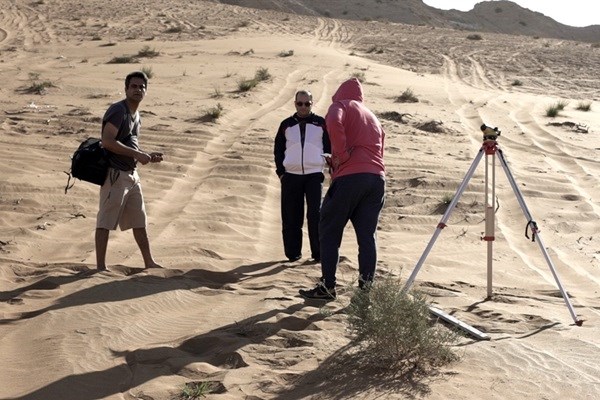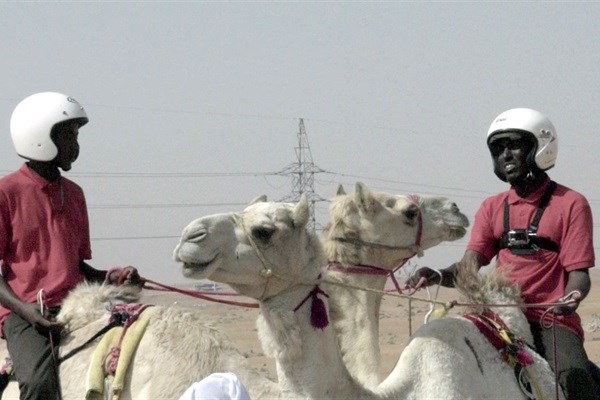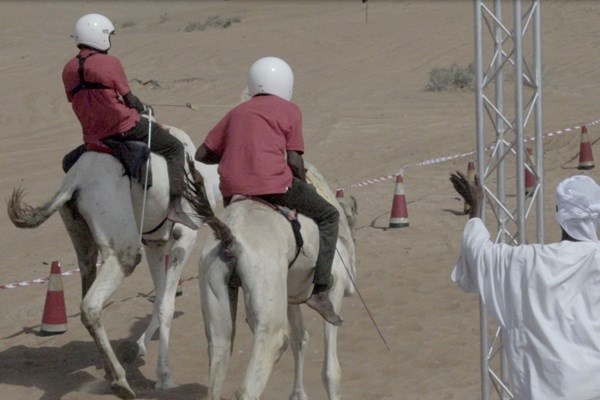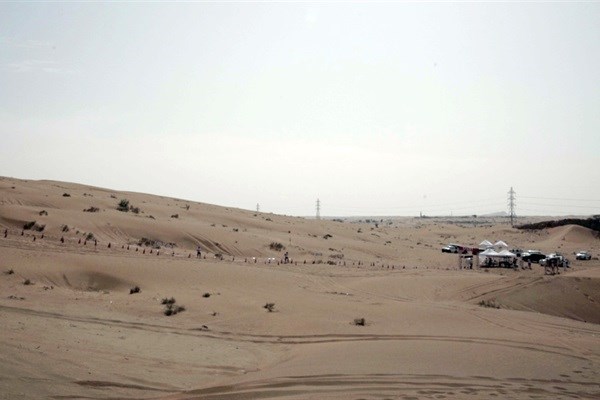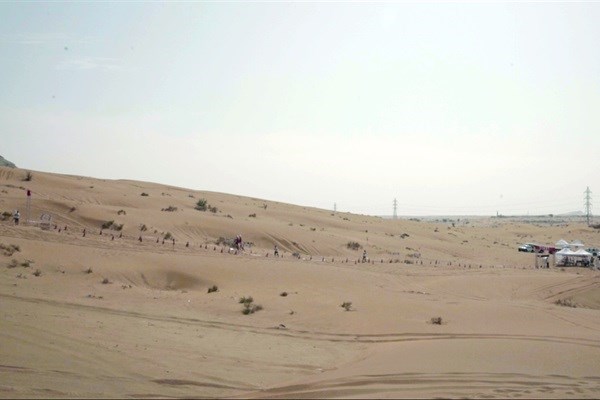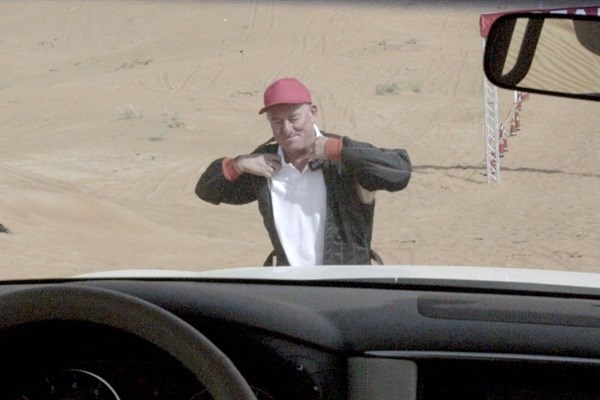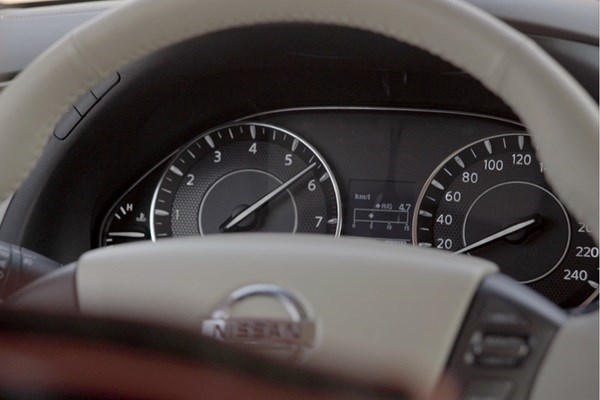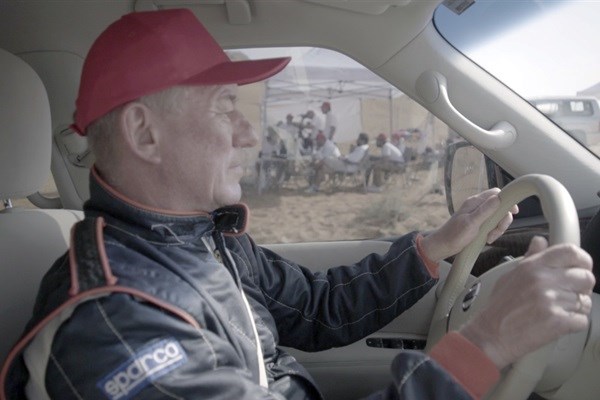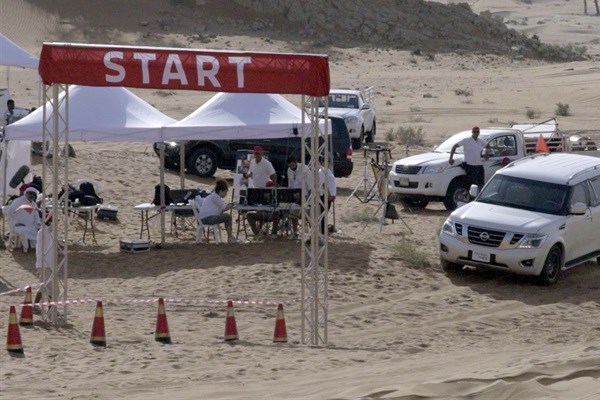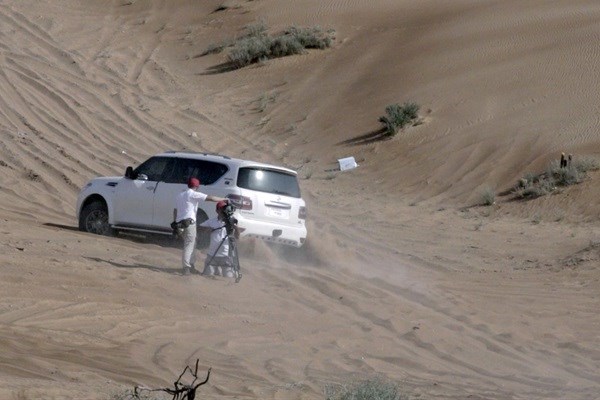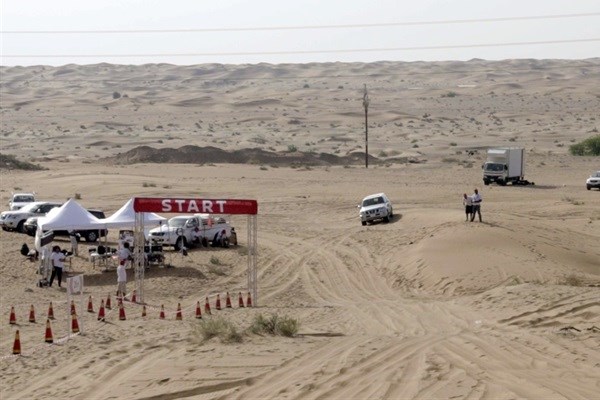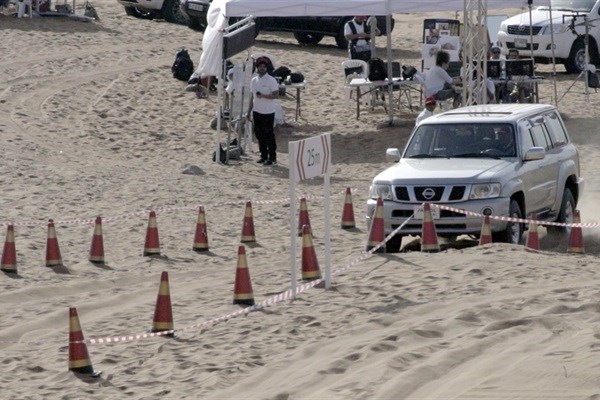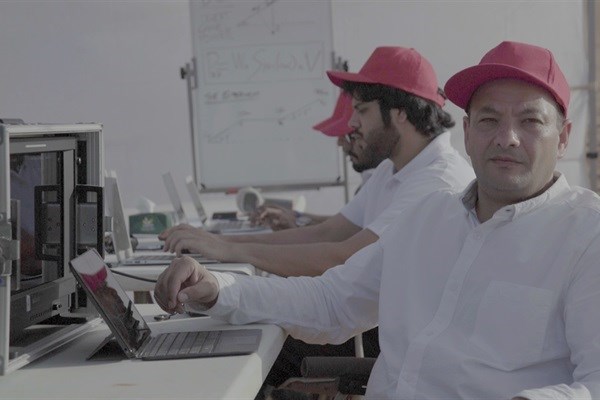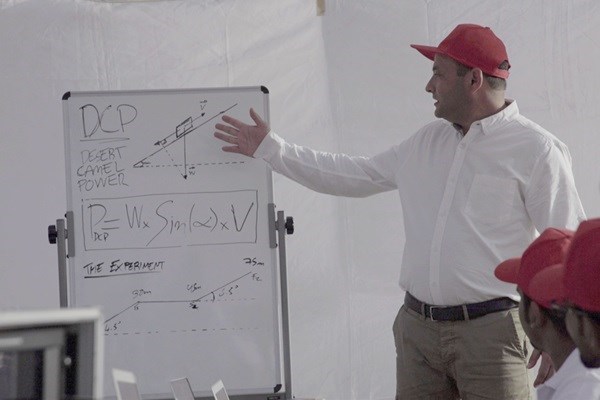#Loeries2017: Stoked about camelpower
There’s clever advertising, then there’s really clever advertising, which actually innovates and solves a problem. Camelpower is the latter. The spot, which was a logistical challenge solved through engineers’ research into what makes a vehicle perform well in the desert, eventually become a National Geographic documentary. It also won a Silver Lion in the media category at Cannes Lions earlier this year.
Developed with agency TBWA\Raad Dubai for Nissan, Aouad says camelpower is effectively a new unit of measurement.
The final formula amounted to:
CP = velocity x weight x sin (trajectory)
Desert camelpower unit engineer Joseph El Hachem, explains that it all comes down to the interplay between the vehicle's weight, its velocity and its trajectory. So by standardise a vehicle's approach speed and trajectory in a given environment, they can time how quickly it travels a set distance, then factor in its weight to work out its desert camelpower.
No pie in the sky, the scientific paper resulting from the collaboration and the formula itself have been presented to the Emirates Authority for Standardisation and Metrology or Esma, which is now fully on board to help to standardise the new unit. That’s what I call true innovation.
Aouad agrees that camelpower is “a genius idea,” as it’s an obvious one yet previously unexplored. Here, he shares the production company perspective on the work and what makes creativity from the region stand out.
 Congratulations on those wins! Talk us through how the production company-client-agency relationship contributed to the idea’s success.
Congratulations on those wins! Talk us through how the production company-client-agency relationship contributed to the idea’s success.
Thank you, it really paid off in the end! It all started with sharing a simple idea that we instantly knew would go far, even though it would be a whole new path for us. We took on the challenge and thank both Nissan and TBWA for putting their trust in us. We had never conducted scientific research before, so hunted down the best names in engineering.
Once the engineers had worked out the formula, TBWA took it to Nissan for approval by their engineers and were all walked us through all the steps. While the Nissan engineering team signed off the formula, it would not have been legitimate if it went uncertified. That’s why Nissan and TBWA called on ESMA for their involvement.
 Impressive! The work itself took almost two years to research, test and bring to life – share a few of the logistical challenges and highlights in that time.
Impressive! The work itself took almost two years to research, test and bring to life – share a few of the logistical challenges and highlights in that time.
After the formula was approved by the Nissan experts, we had to step on the ground to see if it worked… but how to do so?
The camels have to perform on slope angles, ranging from 5 to 20 degrees over precise distances. So our next destination was to travel to the desert. If we didn’t find what nature could provide we would have to do it with machines, which was the case in the end. We first cleared the necessary permissions, then moved big trucks and bulldozers to the desert. After many days of hard work under the sun, we had the test tracks ready for our hero camels!
 Work from Dubai/UAE and the Middle East really did well at this year’s Loeries and in Cannes. Talk us through the current state of creativity in your region and what makes it stand out.
Work from Dubai/UAE and the Middle East really did well at this year’s Loeries and in Cannes. Talk us through the current state of creativity in your region and what makes it stand out.
Humbly speaking, our region has been gaining a lot of attention and proving itself on the creativity and production scene, both in advertising and in cinema. A mixed blood of veterans and young creatives of different nationalities are pushing to create great work, with clients backing them up. There is a sense of healthy competition, which is great fuel for great work.
On a parallel path we see more and more film academies and film schools being developed to boost our hungry filmmakers’ skills.
Seems the UAE is the place to be. While Stoked didn’t attend the Loeries this year, they’re looking forward to attending next year as it’s a great learning experience. Click through to our Loeries Creative Week Durban special section for all the latest updates and be sure to follow Stoked on Twitter.




